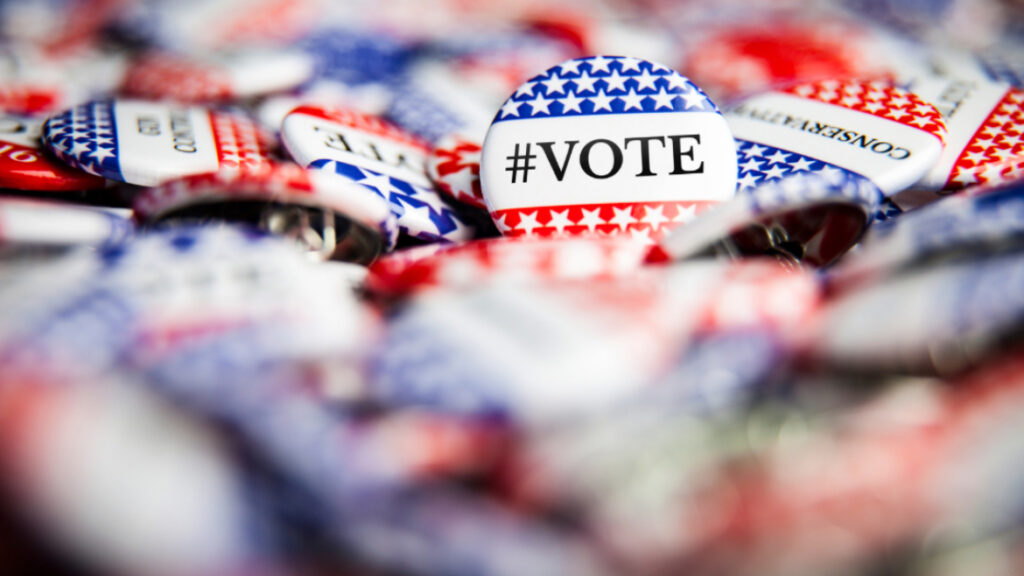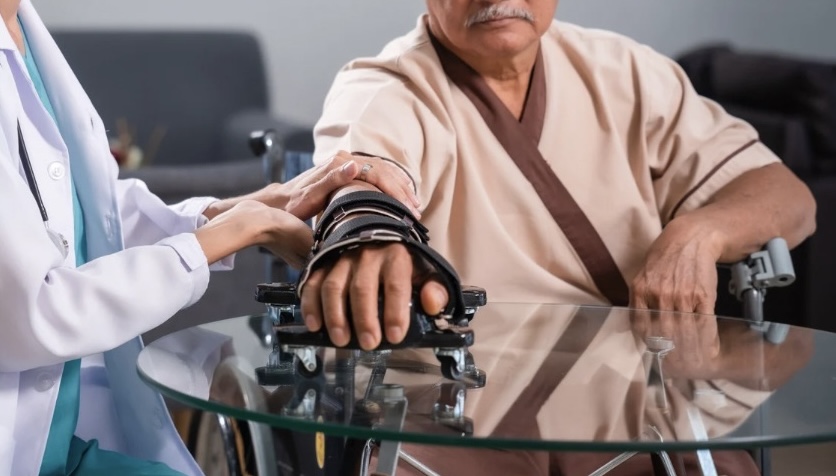As the first 3 million doses of COVID-19 vaccines are distributed across the country, some states are relying on a planning tool to make sure the most vulnerable people aren’t missed.
New Hampshire health officials will be using the Social Vulnerability Index (SVI) to figure out who’s next in line. SVI tries to account for social, economic, racial, and ethnic factors in order to determine whom to prioritize for vaccination.
In the past, the index has been used after wildfires and hurricanes. Now it can help states identify communities that have been disproportionately hit by COVID-19.
An advisory committee to the Centers for Disease Control and Prevention (CDC) suggested that health-care workers and nursing-home residents get shots first, followed by those with pre-existing medical conditions.
The thinking is that because ethnic and racial minorities are overrepresented in those groups, the plan will be equitable. Critics, including President-elect Joe Biden, say that the plan will miss too many people who are poor, Black, Latino, or members of other marginalized groups.
New Hampshire will use the SVI to reserve and distribute 10% of the vaccines it receives in the most vulnerable geographic areas, mostly rural counties.
Black and Latino populations have had higher rates of infections and deaths from COVID-19. These communities live in urban areas, in crowded multigenerational housing, where the virus is easily transmitted.
Hispanics – Latinos make up 3.9% of the New Hampshire population, but as the pandemic hit the state in the first week in June, they were 9.9% of confirmed COVID-19 cases. The Black community is 1.4% of the state’s population and was 6.6% of confirmed cases at the time and climbing.
Created in 2011, this would be the first time the SVI is used on such a broad scale.




